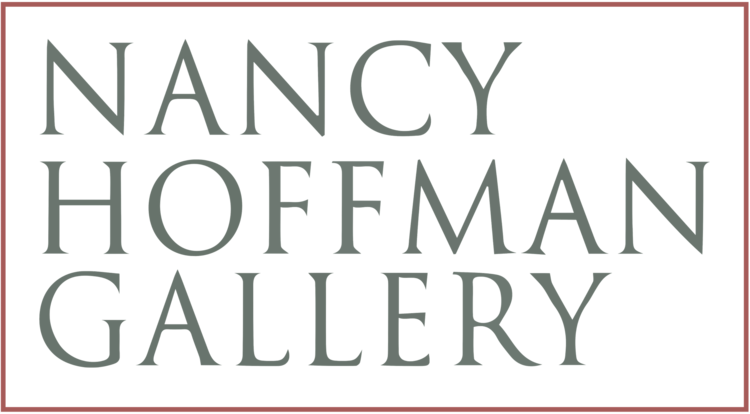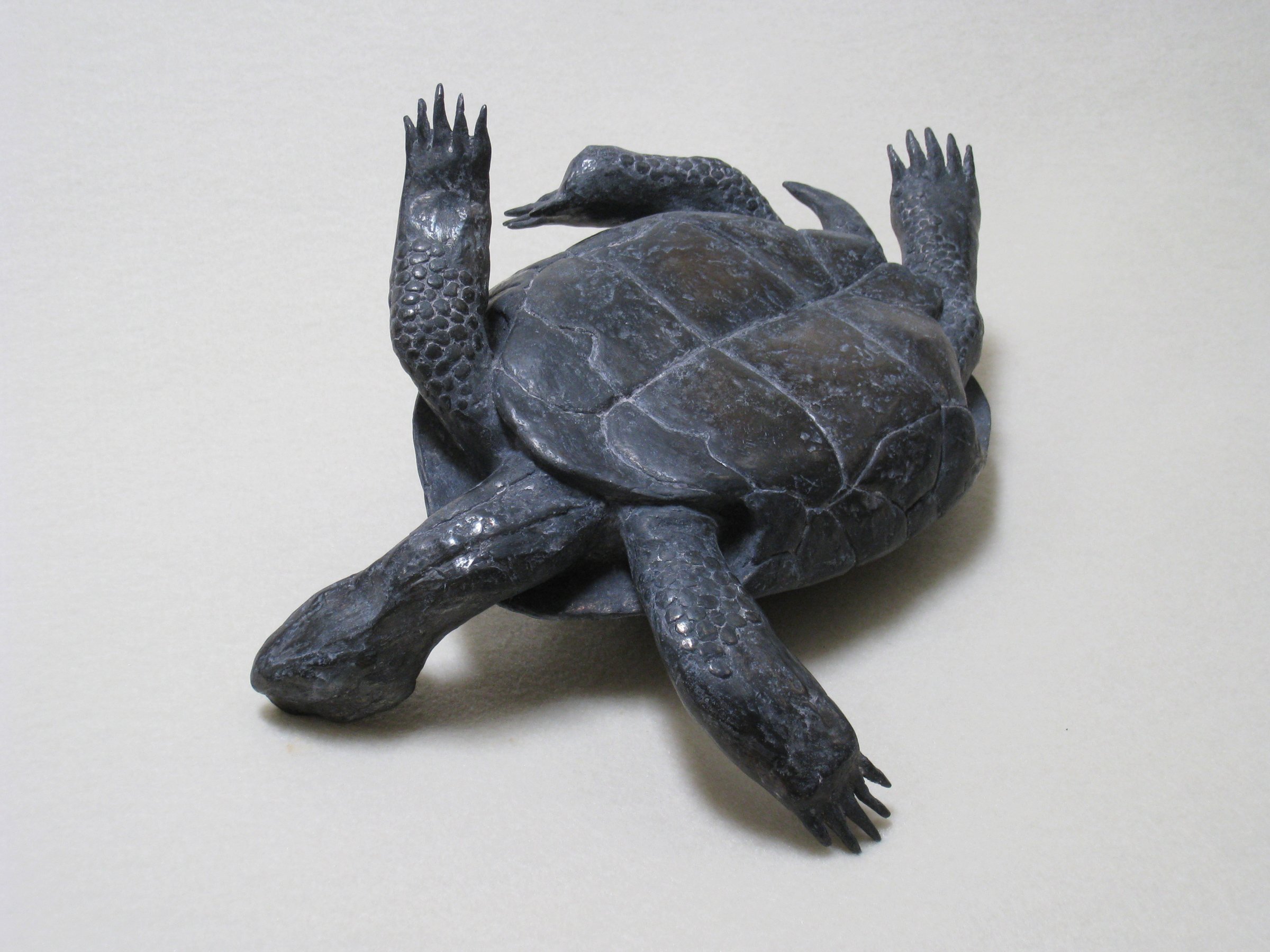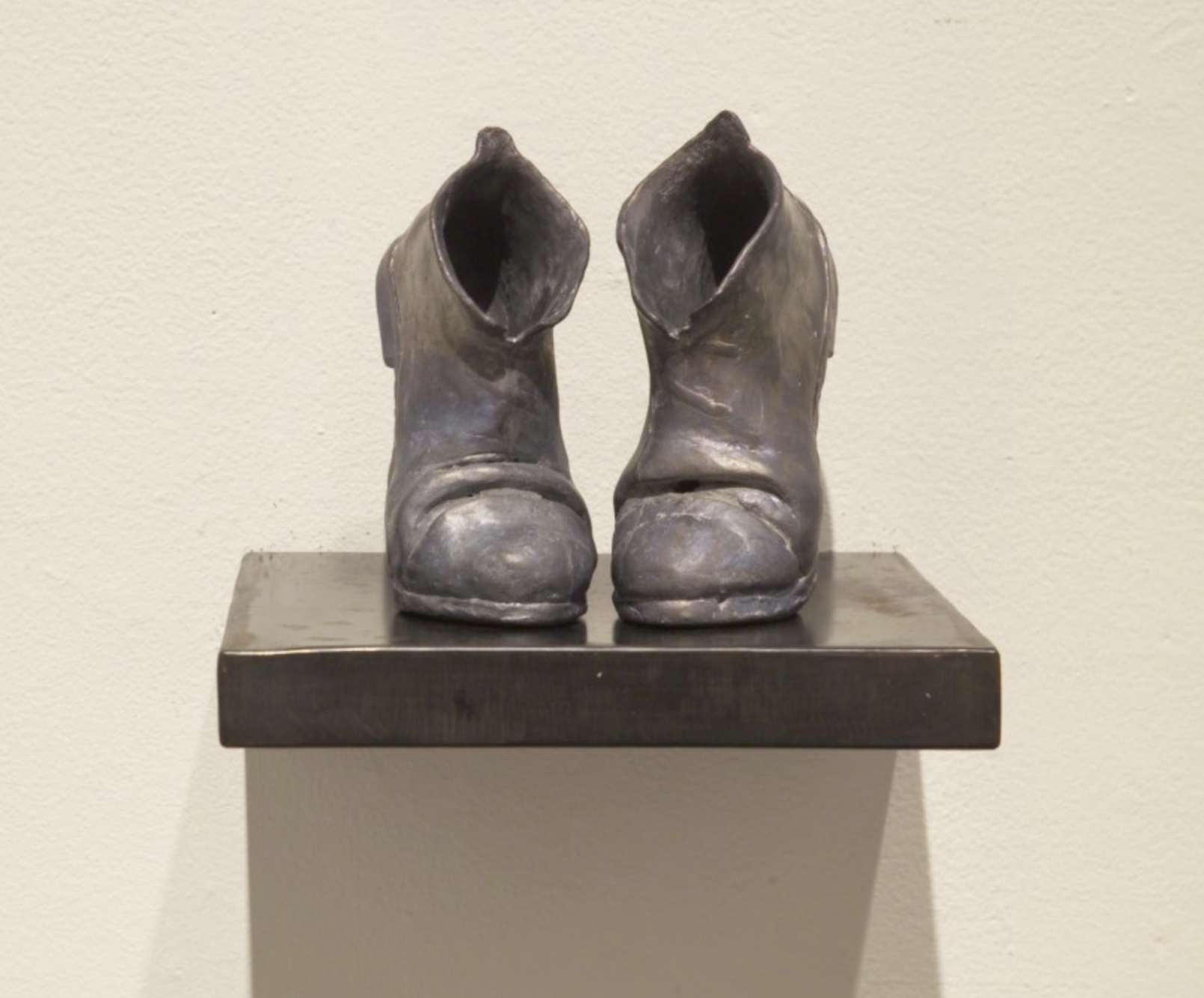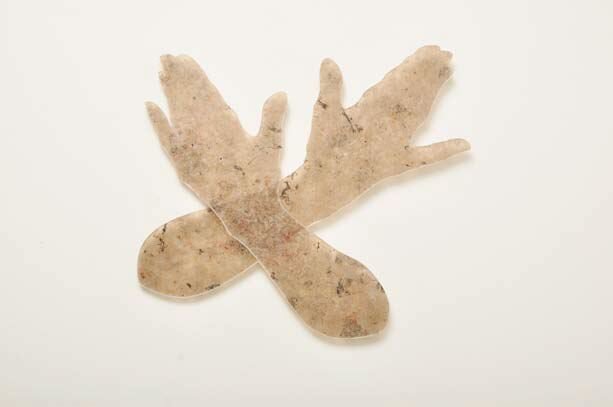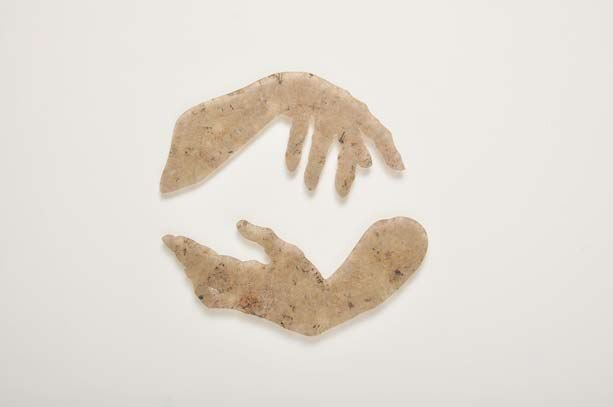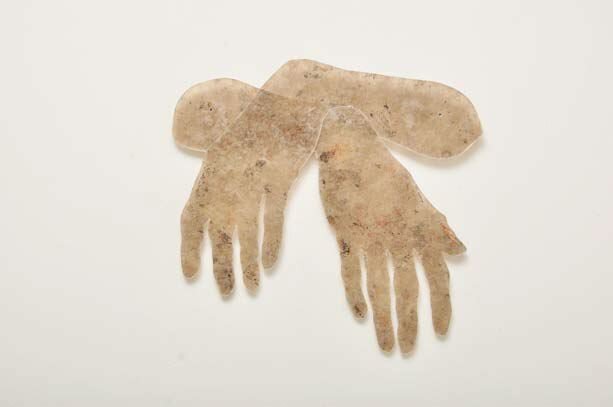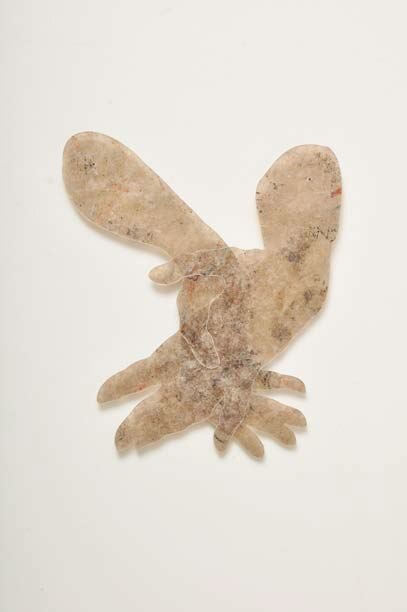MARK CALDERON
ABOUT THE ARTIST
Mark Calderon was born in Bakersfield, California in 1955. He received his B.A. from San Jose State University, California. He resides in Seattle.
Well-known in Seattle and on the West Coast, Mark Calderon’s debut solo show in New York provides the viewer with a rich palette of materials in his wall-mounted and free-standing sculpture. Calderon selects the media thoughtfully for each piece, be it bronze, glass, modified cement, to enhance its impact. Glass is rarely crystal clear and shiny smooth, the artist prefers to give it texture, surface, yielding an archaeological ancient look to his casts. Bronze is patinaed with subtle colors, soft, earthy, quiet—almost green and brown—the colors of nature’s haiku.
INFLUENCES AND THEMES
Many of Calderon’s wall-mounted sculptures have a round or bulbous form with topknot. Inspired by hairdos of ancient Japanese Buddhist sculpture, as a touchstone for this body of work, Calderon synthesized a shape and made it his own. Bulla, in bronze, reflects the Japanese Buddhist topknot most directly, other related sculptures seem like abstractions of an ancient fertility goddess form.
Calderon’s work has long been infused with inspiration from other cultures and deeply - felt spiritual and religious references. Earlier his work made direct reference to the cross, the heart, the torso, “images so significant in Chicano culture,” says Calderon, “are for me a representation of individual spirituality rather than the dogma of any particular religion.”
The topknot Japanese inspired sculptures connect to the shape of the heart to a biomorphic sensual, iconic image. There is a sense of fecundity in the fullness and roundness of Calderon’s sculptures. As visual, sculptural haiku, the sculpture seems archetypal in its stolid bold stance.
Nature and death have been recurring themes throughout Calderon’s career and many of these recent sculptures draw inspiration from several species of animals that have become extinct. Small-scale and vulnerable, these sculptures draw attention to the relationship between these creatures and our use and abuse of the environment. A hummingbird hovers in mid-flight, an overturned tortoise struggles to right itself and skinks cling to each other in a haunting embrace.
Exhibition:
Dialogues
Tiny Treasures
